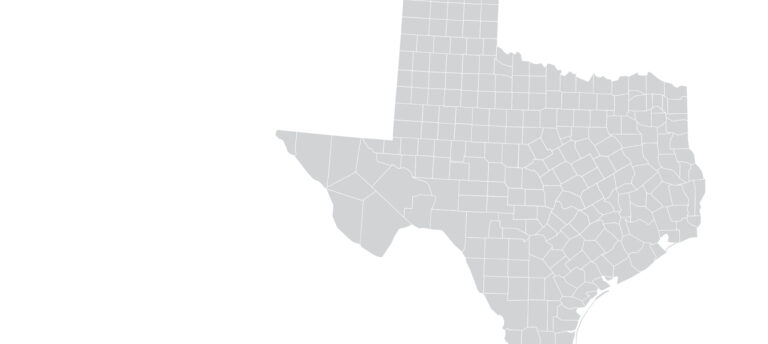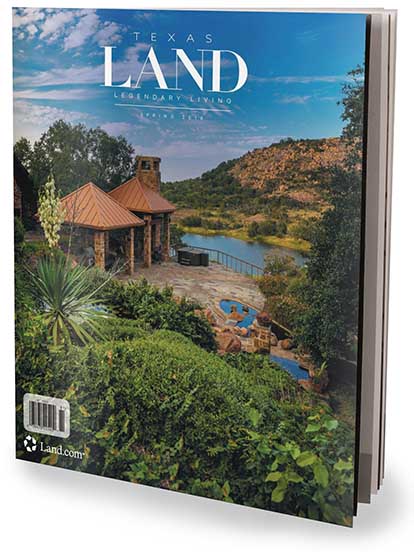
The presence of brush on Texas landscapes has long been discussed and cussed. It seems as though there is more divided opinions and values these days regarding brush than there was when I first began my professional wildlife career over 30 year ago. This brush-value paradigm can perhaps be fundamentally explained through the old philosophy of, “Where you stand on an issue generally depends upon where you sit.” From a brush management standpoint, we should challenge ourselves to not only consider where we “sit,” but we should consider where others may sit as well. For the sake of this article, when I say “others,” I am most specifically referring to those individuals who may someday own, or potentially be interested in owning, the particular piece of land that is under consideration for brush management treatments. This article is not intended to be a technical piece on brush management strategies, but rather, it is intended to look at a handful of considerations regarding the interaction between brush, brush management and land values.
Beauty is in the eyes of the beholder
Let’s be honest with ourselves, ranchers will often look at the landscape through a different lens than someone who is more interested in wildlife. When it comes to trying to preserve or enhance land values, the current landowner should consider who the future owner may be; will it be an heir who may carry-on with traditional ranching practices or will it perhaps be a buyer who is more interested in wildlife 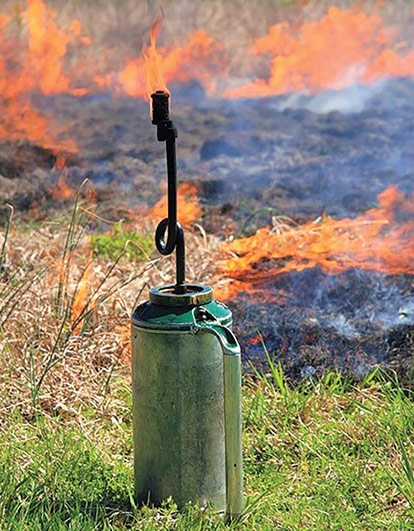 recreation? A quick look at land-use trends may suggest that the latter is often driving the train on land values these days. Now, don’t get me wrong, landscapes that appeal to the rancher, versus those that appeal to a hunter or wildlifer, do not have to be mutually exclusive. For the sake of this article, the spirit of the central message is to challenge you to consider brush management as a tool that not only helps address your goals of today, but also allows you to be able to protect or enhance your land values for tomorrow. For some, this brush management dilemma may evoke a diverging mindset, and as my good friend Dr. Dale Rollins might say, “Try to wear a camouflage cowboy hat when it comes to managing brush.” This is easier said than done for some, but I suspect you get the point.
recreation? A quick look at land-use trends may suggest that the latter is often driving the train on land values these days. Now, don’t get me wrong, landscapes that appeal to the rancher, versus those that appeal to a hunter or wildlifer, do not have to be mutually exclusive. For the sake of this article, the spirit of the central message is to challenge you to consider brush management as a tool that not only helps address your goals of today, but also allows you to be able to protect or enhance your land values for tomorrow. For some, this brush management dilemma may evoke a diverging mindset, and as my good friend Dr. Dale Rollins might say, “Try to wear a camouflage cowboy hat when it comes to managing brush.” This is easier said than done for some, but I suspect you get the point.
Measure twice, cut once
Indeed, the old carpenter’s adage of measuring twice before making that initial cut is sage advice. When you begin removing brush and trees from the landscape, you are making an impact on the land that will have ecological and aesthetic consequences which will last many years. Semi-arid and arid landscapes may take many decades to “recover” from miscalculated brush management practices. Mechanical equipment are powerful tools that change the complexion of the landscape from the get-go. So, when considering brush removal, you should not only seek technical assistance from brush management experts, but you should also challenge yourself to explore what the short-term and longer-term impacts may be on the land values.
When it comes to patterns of brush removal, many people who are in the market for a ranch will find it more appealing if the general appearance of the property has somewhat of a natural look and feel.
Leave more than less
As previously mentioned, land values these days are often driven by markets who value wildlife-related recreation. As a rule, those folks who are interested in purchasing land for hunting and other outdoor related recreation, will tend to find “brushy” properties more appealing than those that are too open. Besides, when a brush management program is completed, you can always go back and remove more brushy cover if you wish, but you cannot go back and re-add it. So, my recommendation is to be on the conservative side when it comes to how much brush you should remove. As a general rule, I suggest that no more than half of the landscape be cleared.
 Don’t be a square
Don’t be a square
When it comes to patterns of brush removal, many people who are in the market for a ranch will find it more appealing if the general appearance of the property has somewhat of a natural look and feel. Thus, when considering possible patterns of brush removal, it may be best to avoid extensive, monotonous hard lines, such as those that are often created when large areas of brush are removed in strips, squares and rectangles. The term “mosaic” is tossed around in these type of discussions, and the spirit of this mosaic approach is to create a high degree of randomness, or a natural look, which not only tends to be easy on the eye for a wildlife person, but also tends to favor habitat needs for a variety of wildlife species.
Confine “park-like” settings to select areas
These days, there is sometimes a tendency for landowners to frivolously spend a great deal of money on creating a manicured, park-like look with their brush work. Such efforts will often diminish wildlife habitat productivity, while also being a financially heavy burden. My general recommendation is to leave most areas of brush-work with a bit of a wild, wooly look. With this said, I suggest leaving a great deal of the slash in place in most areas, as opposed to raking and piling dead brush. This will not only save some expense, but the slash will often serve as a protective lattice for certain desirable forage plants to germinate and mature, without being easily nubbed down by grazing animals, which in turn creates micro repositories to help perpetuate highly desirable plants. Plus, the debris from the slash will serve as a home for certain birds, small mammals and reptiles, adding to the biodiversity of the landscape. Should you wish to “clean-up” the areas of brush removal somewhat, you might consider focusing the raking, piling and burning along fence-lines, roads and near structures.
When it comes to brush work, it’s been said that you should know your plants, know their values and know how to manipulate them. So, try to become a student of plants, do not simply focus on goals that only suit the needs of today and try and be a bit of a visionary regarding how to best preserve or enhance your land values for tomorrow.
For further information on possible assistance with various wildlife-related needs, check out www.WildlifeSystems.com or www.TheWildlifeConsultants.com.
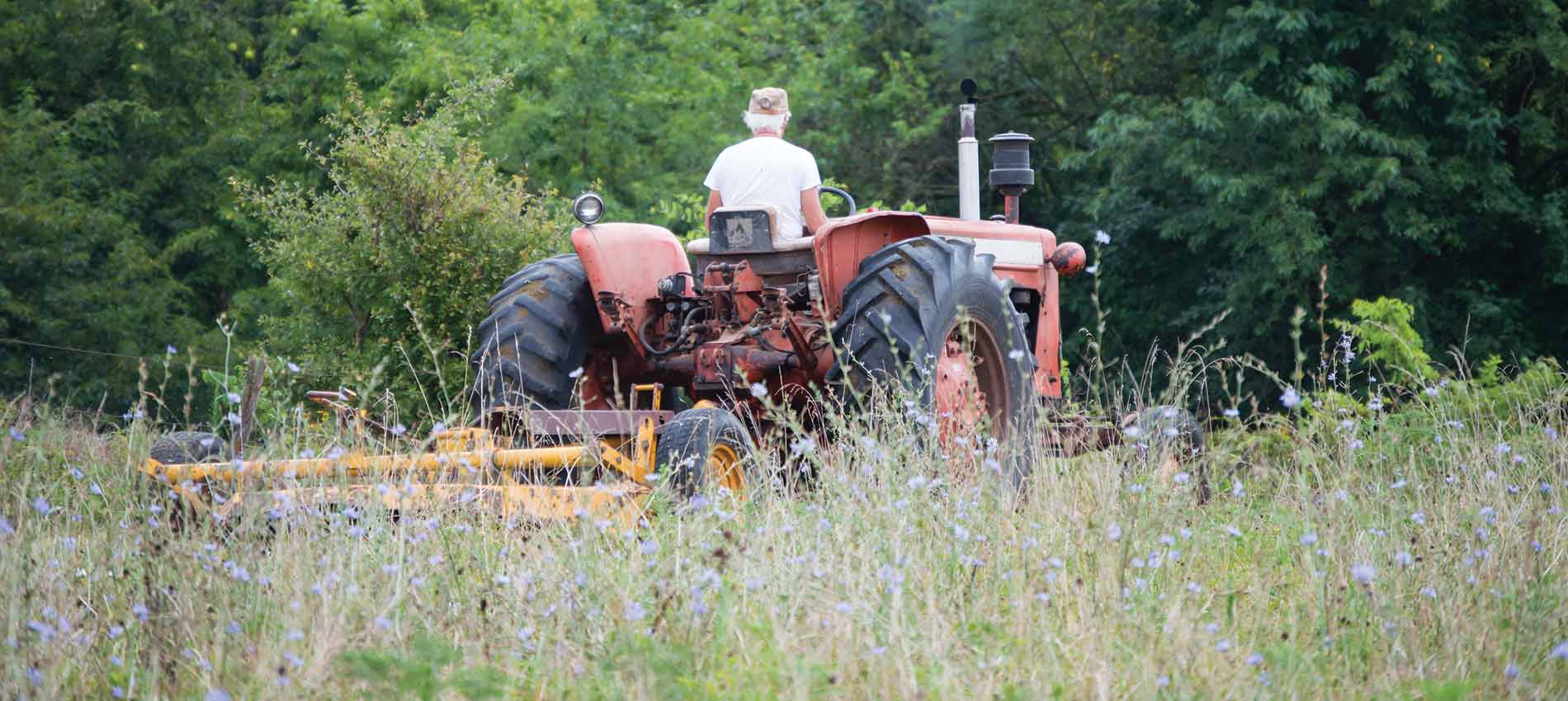
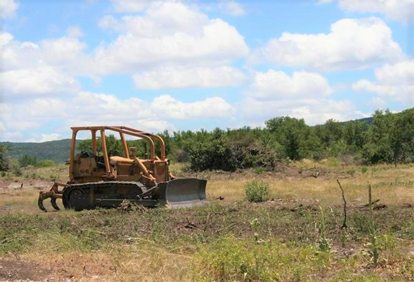 Don’t be a square
Don’t be a square